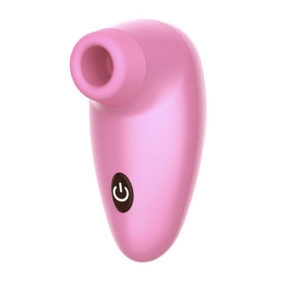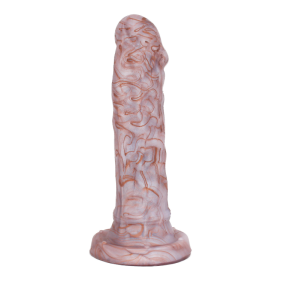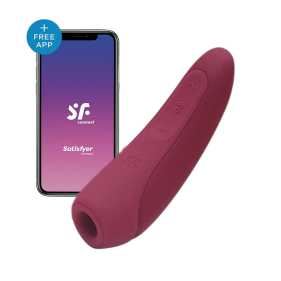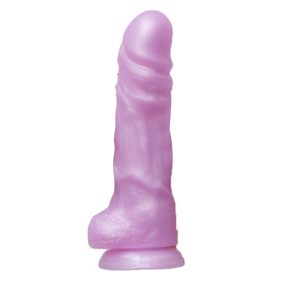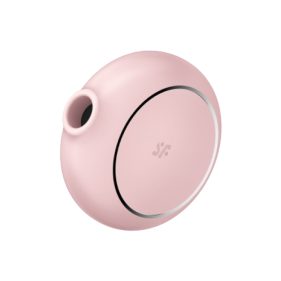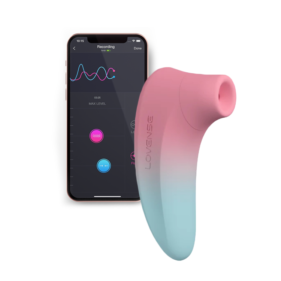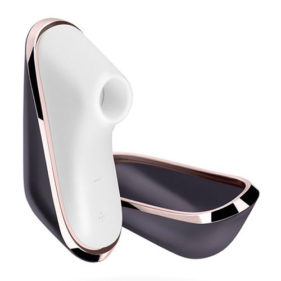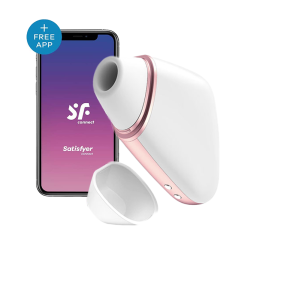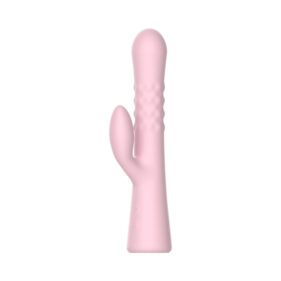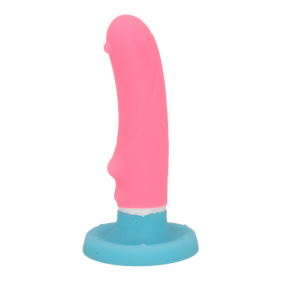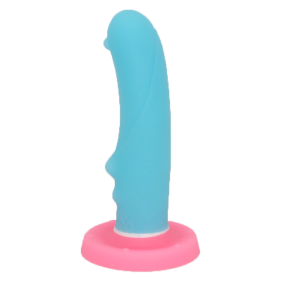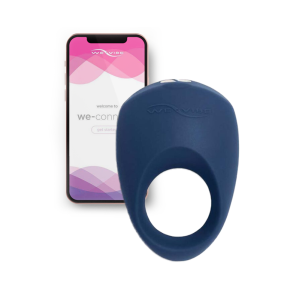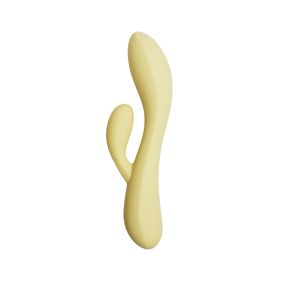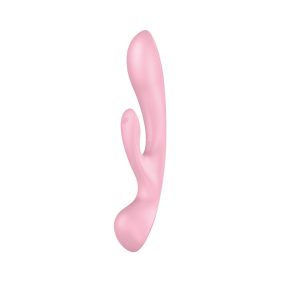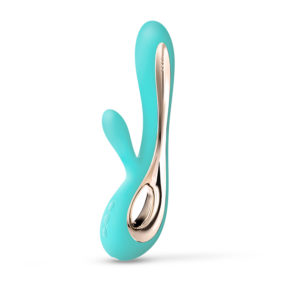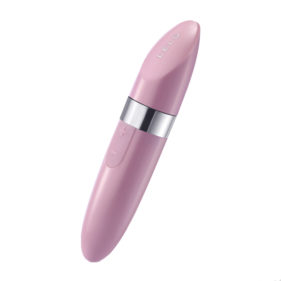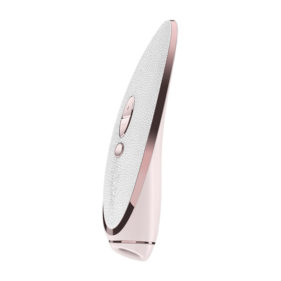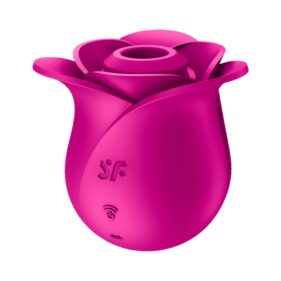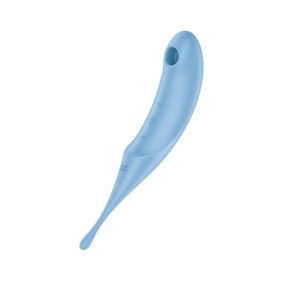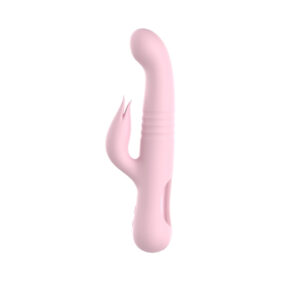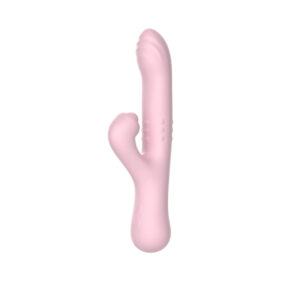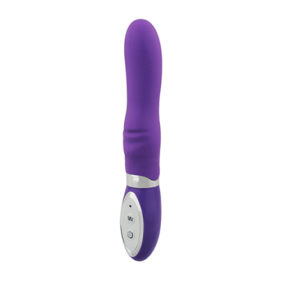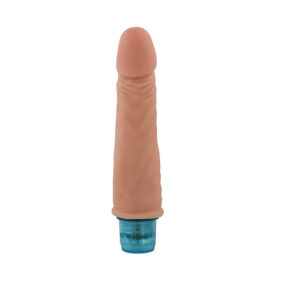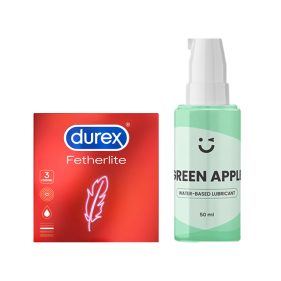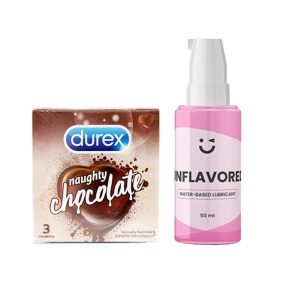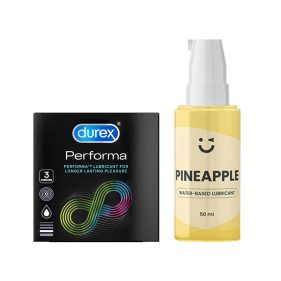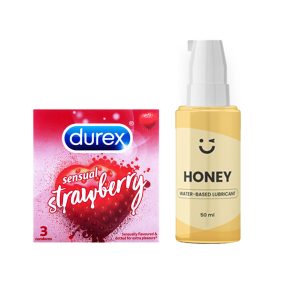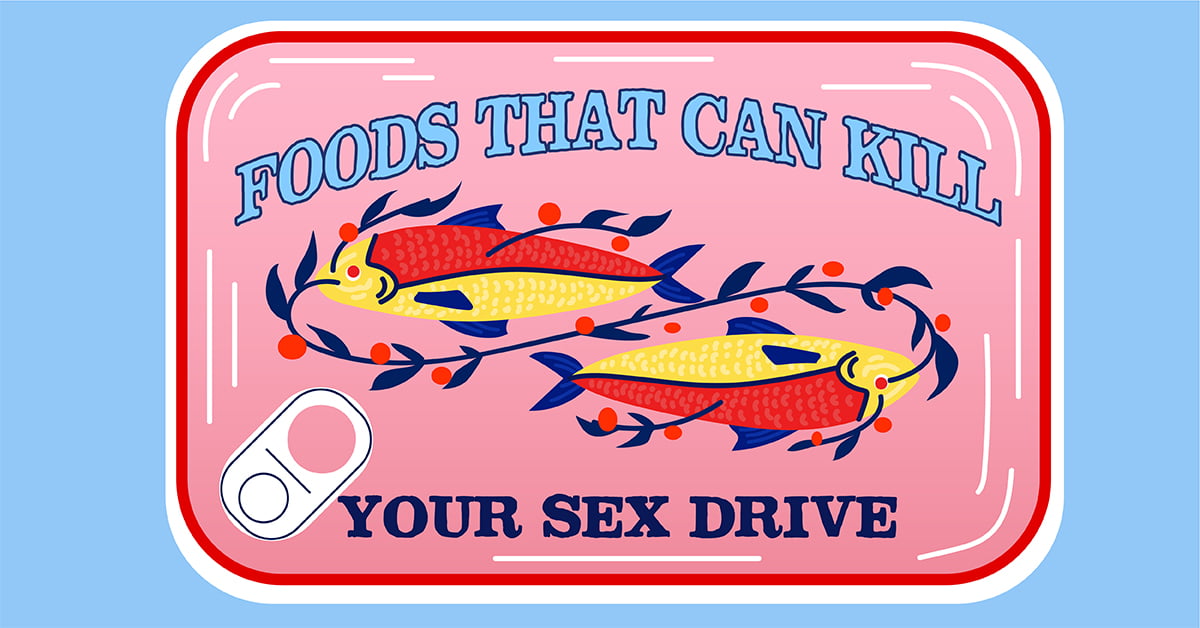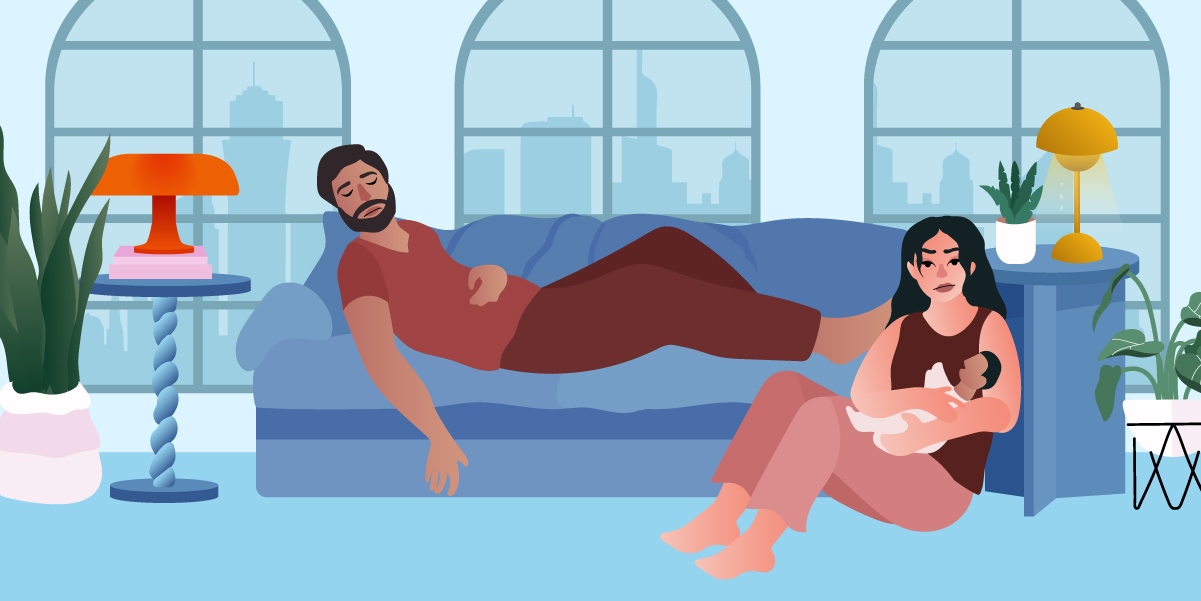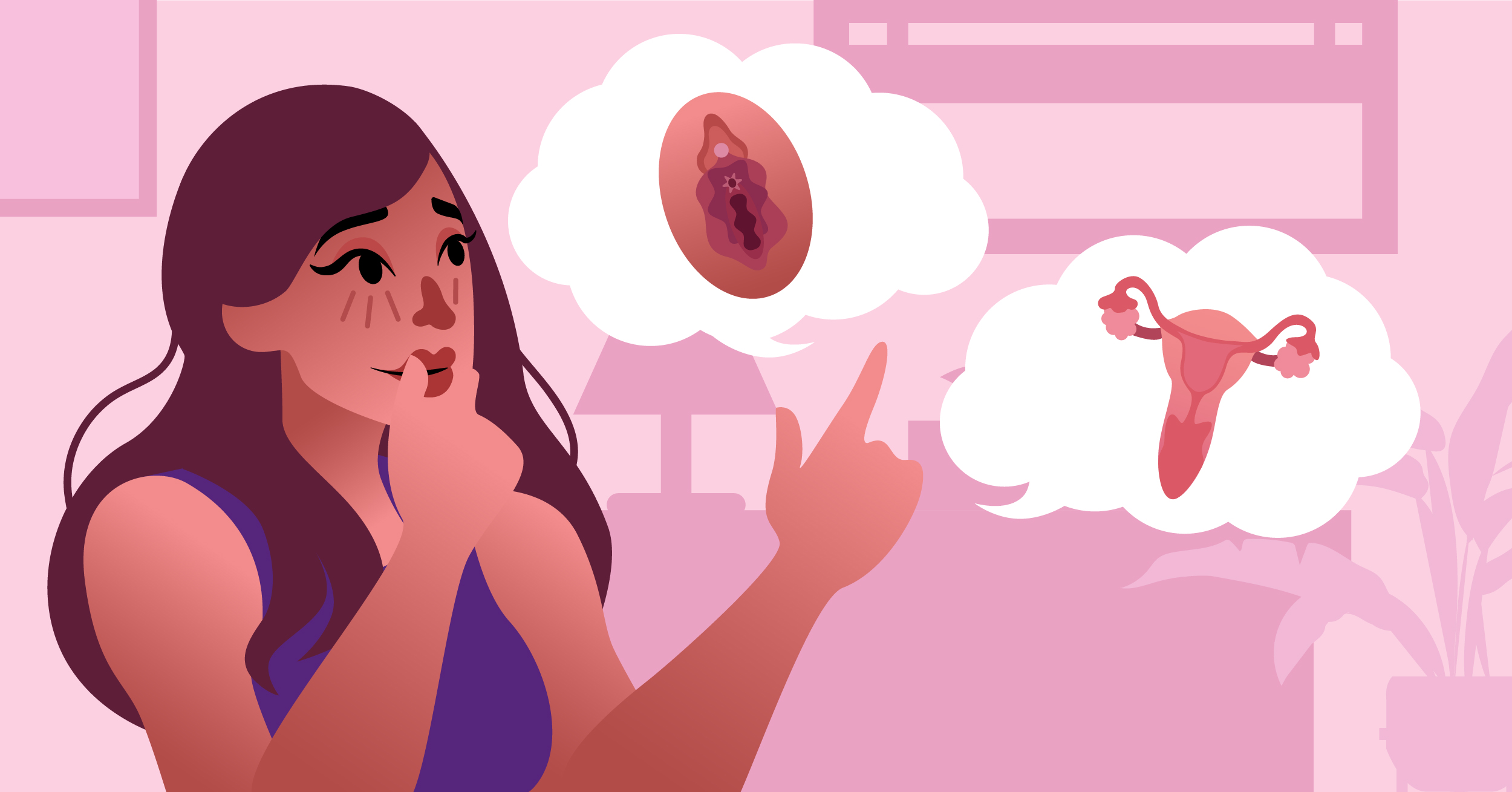
Due to the stigma surrounding female reproductive organs, most people with vaginas are led to believe in misconceptions about their bodies. Instead of getting accurate facts about the vulva and vagina, they are getting these claims instead:
- Your vagina should be bleeding during your first intercourse.
- If your vagina has a smell or discharge, it automatically means something is wrong.
- Steaming your vagina removes the toxins in it.
- You’ll only reach orgasms through vaginal sex.
- Having an active sex life will result in a loose vagina.
- The vagina and vulva are basically the same.
- You need to clean your vagina with feminine washes or douching products.
And because of these false claims, as well as the perceived taboo, most females would often get confused when making informed decisions about their bodies and reproductive health— such as finding the right birth control for them.
It doesn’t have to be this way anymore. In line with the Vulval Health Awareness Month, let’s break the stigma surrounding vaginal and vulval health and prevent the spread of the said myths. Here are the 15 facts that you should know about your vulva and vagina.
1Your vulva and vagina aren’t the same.
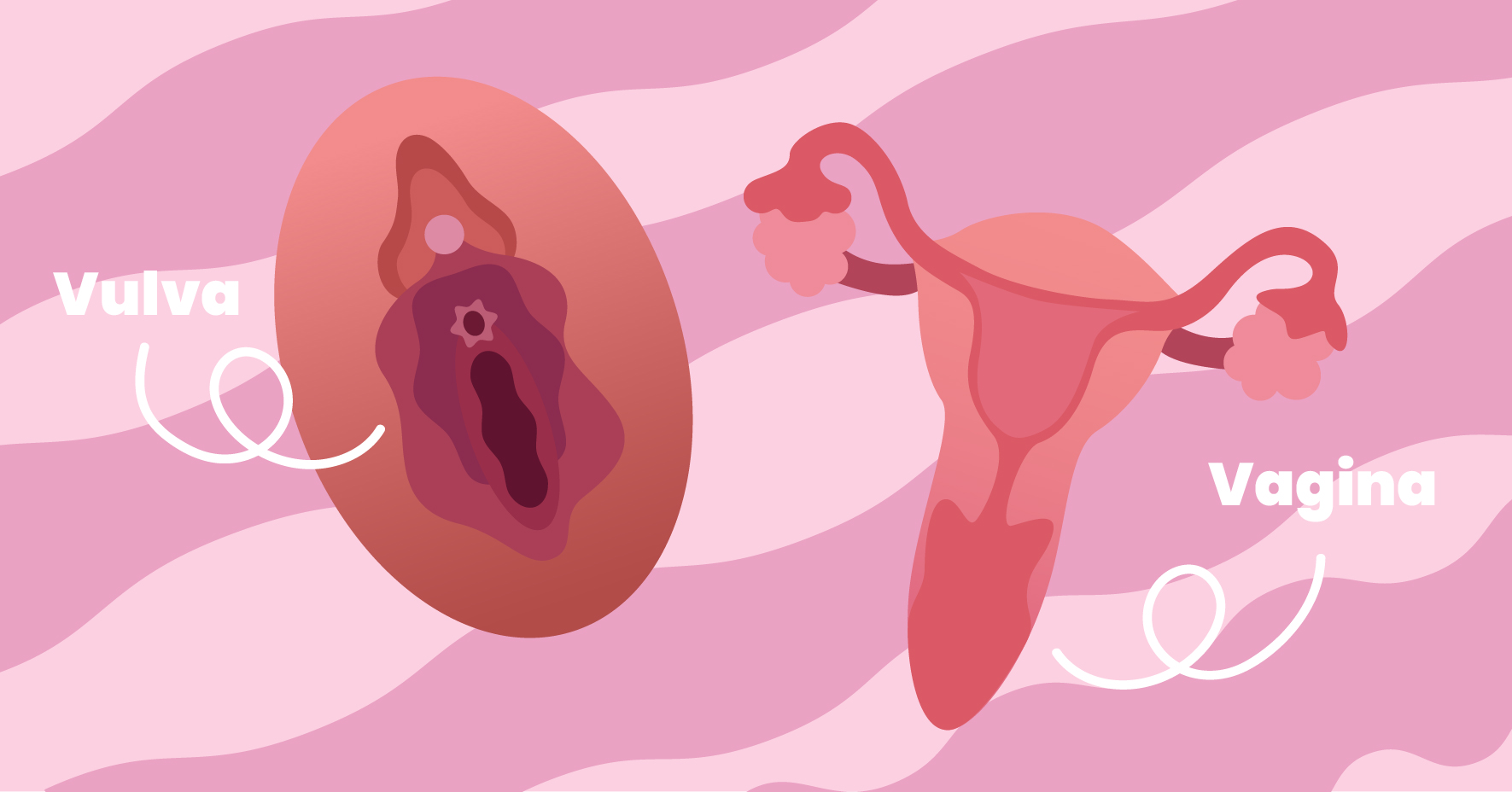
Let’s start this guide by debunking the biggest misconception surrounding female genitalia. Most people interchangeably use the terms vulva and vagina, thinking that they’re the same thing. They’re not.
The vulva is the correct term for all the external organs of the female genitalia. It’s the home of the mons pubis (pubic mound; the region where pubic hair grows into), labia majora and labia minora, the external part of the clitoris, and the external openings of the urethra (the hole that lets urine pass outside your body) and the vagina.
On the other hand, the vagina is a closed muscular canal that connects the uterus to the vulva. It’s basically the internal part of the female genitalia– your period flows out of your body through this canal, and babies pass through this area during childbirth. The vagina is also home to some of the female erogenous zones, such as the G-Spot and A-Spot.
This is one of the facts about your vulva and vagina that you should note, as this can help you during your medical checkups. If you want your healthcare provider to provide the best treatment in your intimate area, you need to accurately pinpoint the condition. For example, you feel an itchy bump in the labia majora. You need to tell your doctor that you’re experiencing itching in your vulva, not in your vagina, or else they might prescribe you inaccurate medications for the said condition.
2The clitoris is a lot bigger than you think.
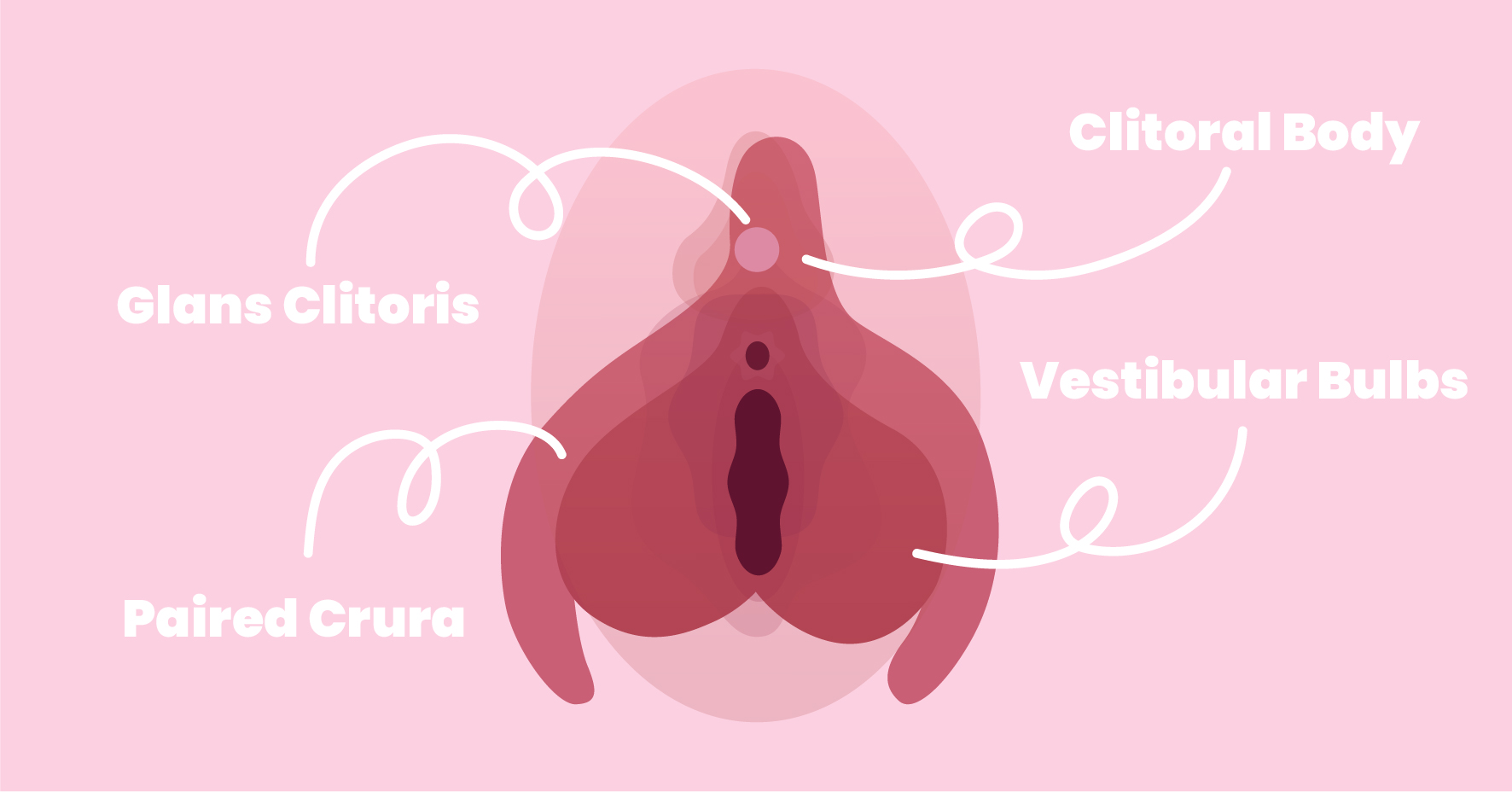
Here’s one of the facts about your vulva that might surprise you. When people think of the clitoris, people often think that it’s a tiny nub of flesh on the upper part of your vulva. Well, it’s indeed correct, but there’s info that most people missed out on.
Little did you know, but the clitoral nub on the vulva is just the tip of the iceberg. The clitoris comprises several parts: the glans clitoris, the clitoral body, and the paired crura and vestibular bulbs. However, the glans clitoris is the only visible part.
What’s fascinating about this info, though, is that the clitoris is the reason why the G-Spot even exists. The G-Spot is part of the clitoral network, so when you’re stimulating this spot, you’re actually indirectly stimulating the internal part of the clit.
3Most people can’t orgasm with vaginal penetration alone.
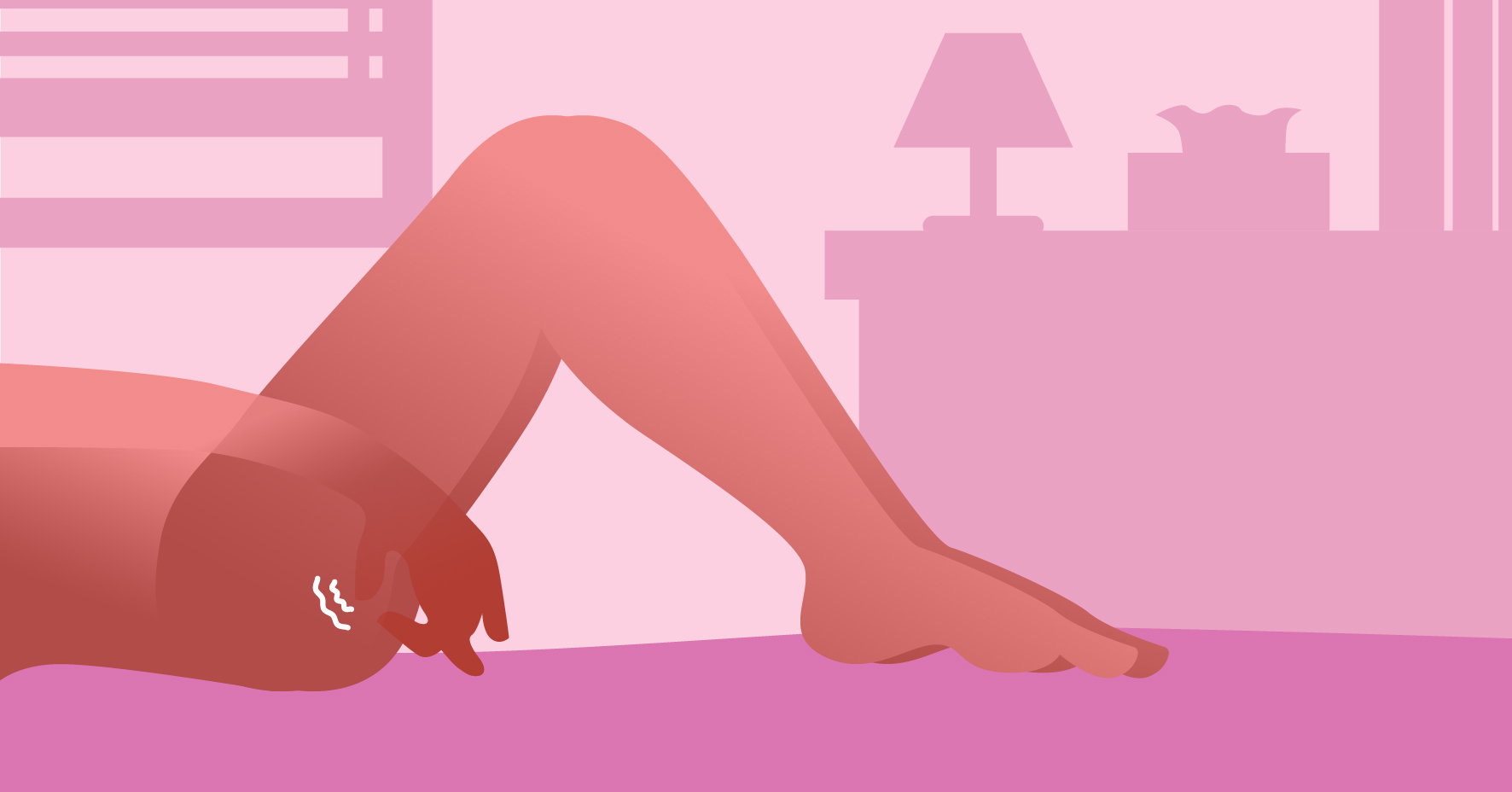
Here’s one of the vagina facts that everyone should know about– especially to our lads reading this guide.
According to this study from the Journal of Sex & Marital Therapy, only 18 percent of vagina owners claim to reach a climax from vaginal penetration alone. As for the other 80 percent, they need to add clitoral stimulation to achieve an orgasm. There are also claims of people reaching orgasms through blended stimulation (vaginal and clitoral).
So for those thinking that “size matters” and “lasting longer” is the key to reaching female orgasms, it’s time to change that mindset. As long as you’re equipped with the right skills on how to stimulate your female partner’s clitoris and vagina, you’re all set!
4The size and location of your clitoris glans can affect your orgasms.
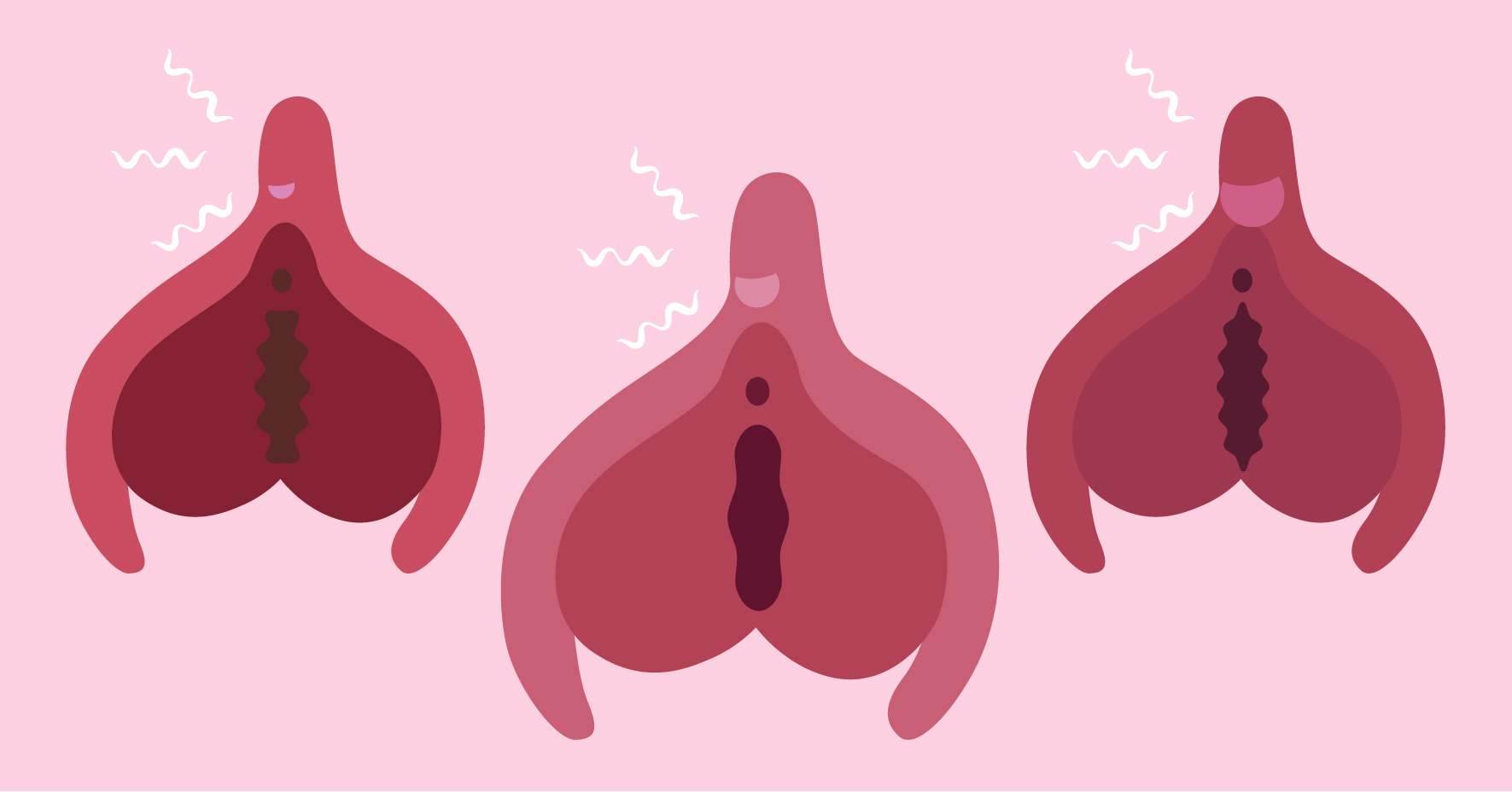
According to this study from The Journal of Sexual Medicine, women with smaller clitoral glans may experience fewer orgasms. And because of the smaller clitoral nub, the gap between the vaginal opening and clitoris glans is wider, making it harder for them to experience blended or vaginal orgasm during partnered sex.
If you have smaller clitoral glans, this doesn’t mean that you’ll never experience the big O. It may be challenging, but it is still highly possible. Just experiment with various sex positions and sex toys, such as couple vibrators, clitoral suckers, and mini vibes.
5The vagina is supposed to smell.
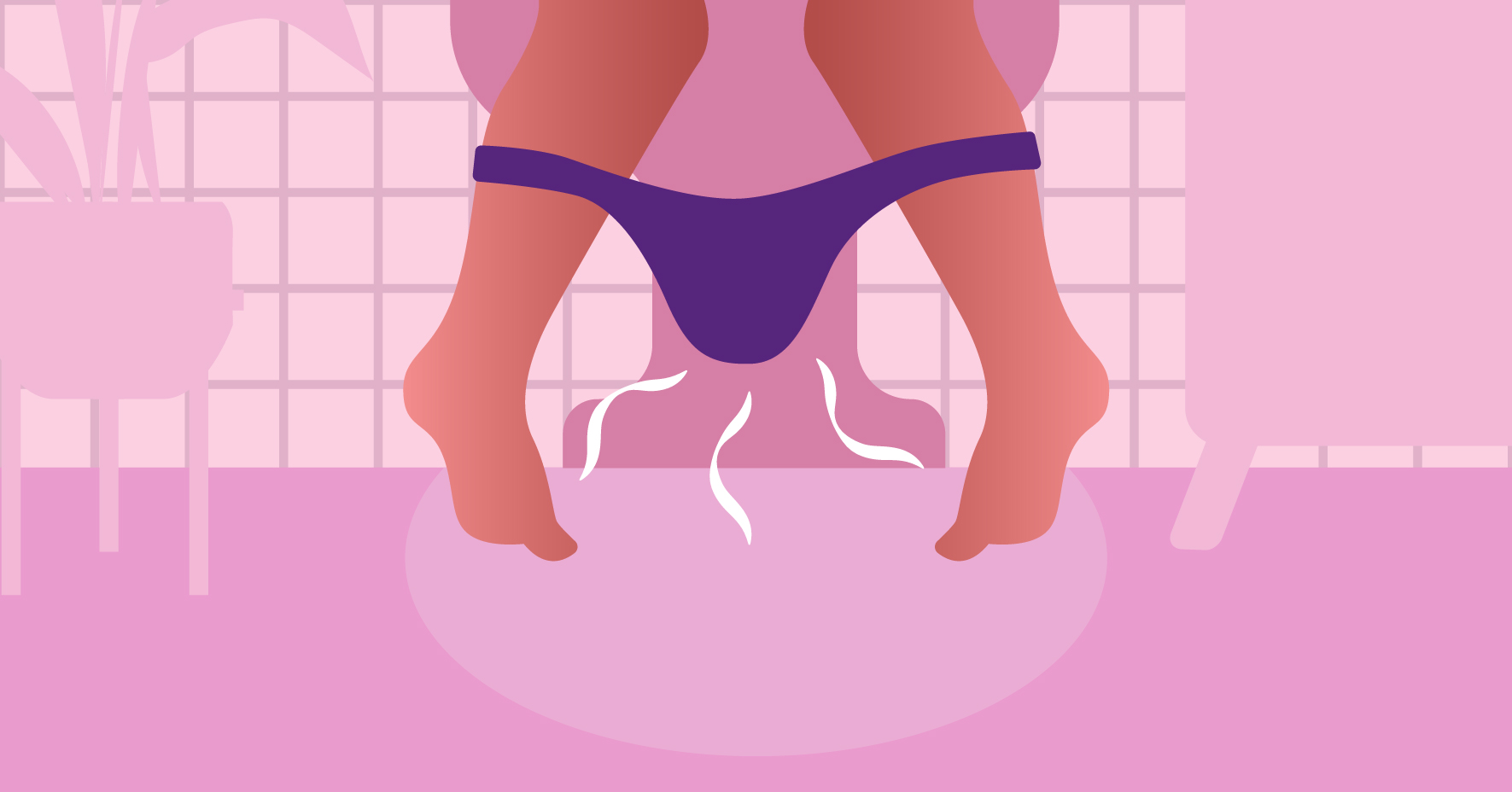
Here’s one of the facts about your vulva and vagina that people should take note of. One of the common misconceptions about the female genitalia is that it shouldn’t smell.
Just take a glance at some erotic novels out there, and they would often describe the vagina as “sweet” or “refreshing.” Now, there’s nothing wrong with exaggerating some details for the sake of the story. However, it provides this false image of a vulva and vagina smelling like flowers or candies– the female genitalia doesn’t smell like that.
It’s normal for your intimate area to smell musky. Vaginal odor also changes temporarily, especially during your menstrual cycle or during intercourse.
Keep in mind, though, that the vagina shouldn’t have a foul odor all the time. If your vagina starts to smell bread-like, cheese-like, fishy, sour, and rotten, consult your healthcare provider immediately. It could be a sign of a vaginal infection.
6The vagina is a self-cleaning organ.
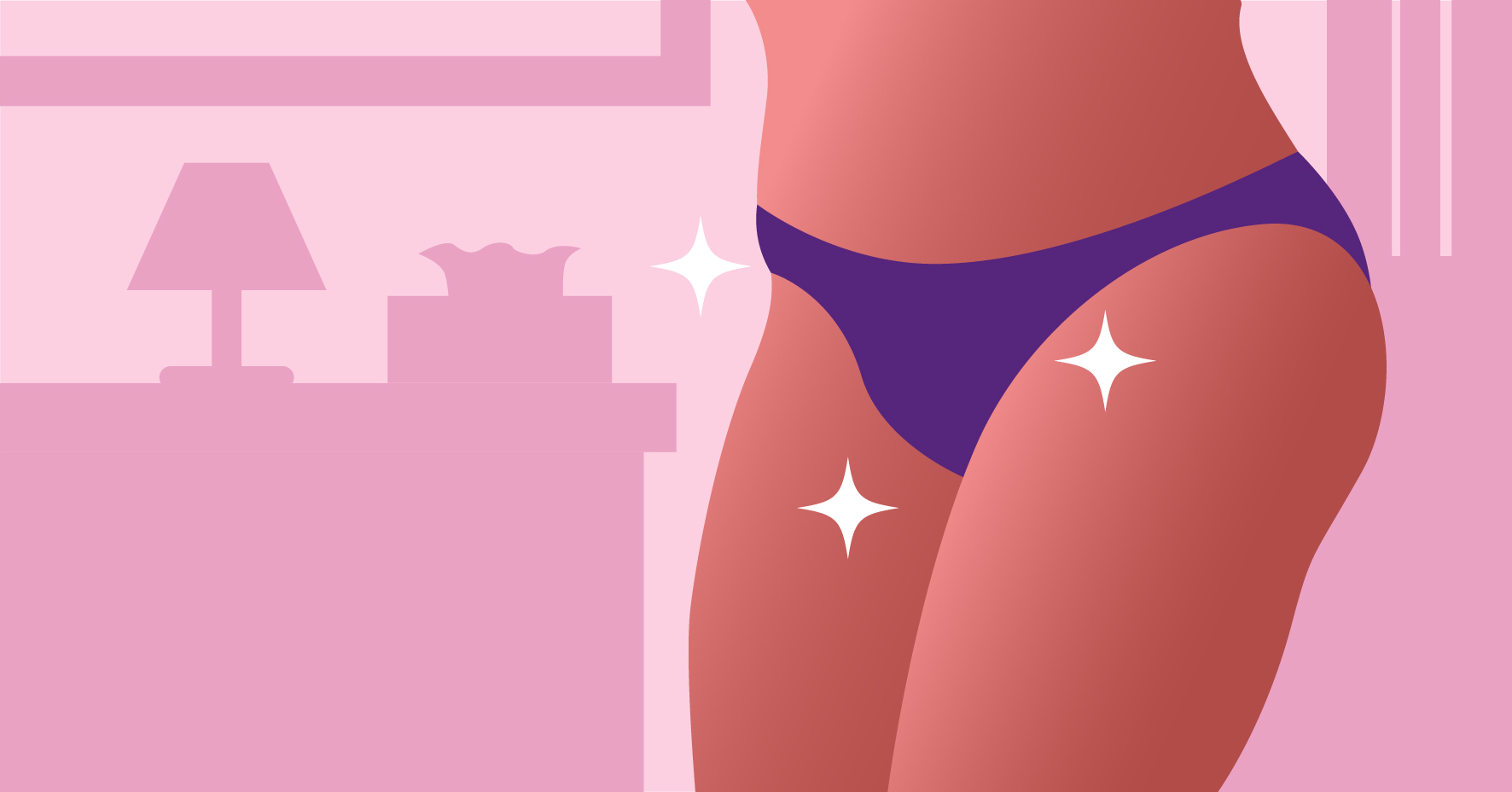
One of the best things about the vagina is that it’s self-cleaning. Do you see those discharges from your underwear or pantyliner? Those fluids actually contain dead cells and bacteria being carried out of your body to prevent infections.
That’s why cleaning your vagina isn’t necessary at all– putting feminine washes or douching products may only bring more harm than good to this region, so just let your vagina do its thing. However, your vulva doesn’t have self-cleaning capabilities, so you’ll still need to clean this area with warm water and mild unscented soap.
7Vaginal steaming (and other trendy regimens) can bring more harm than good.
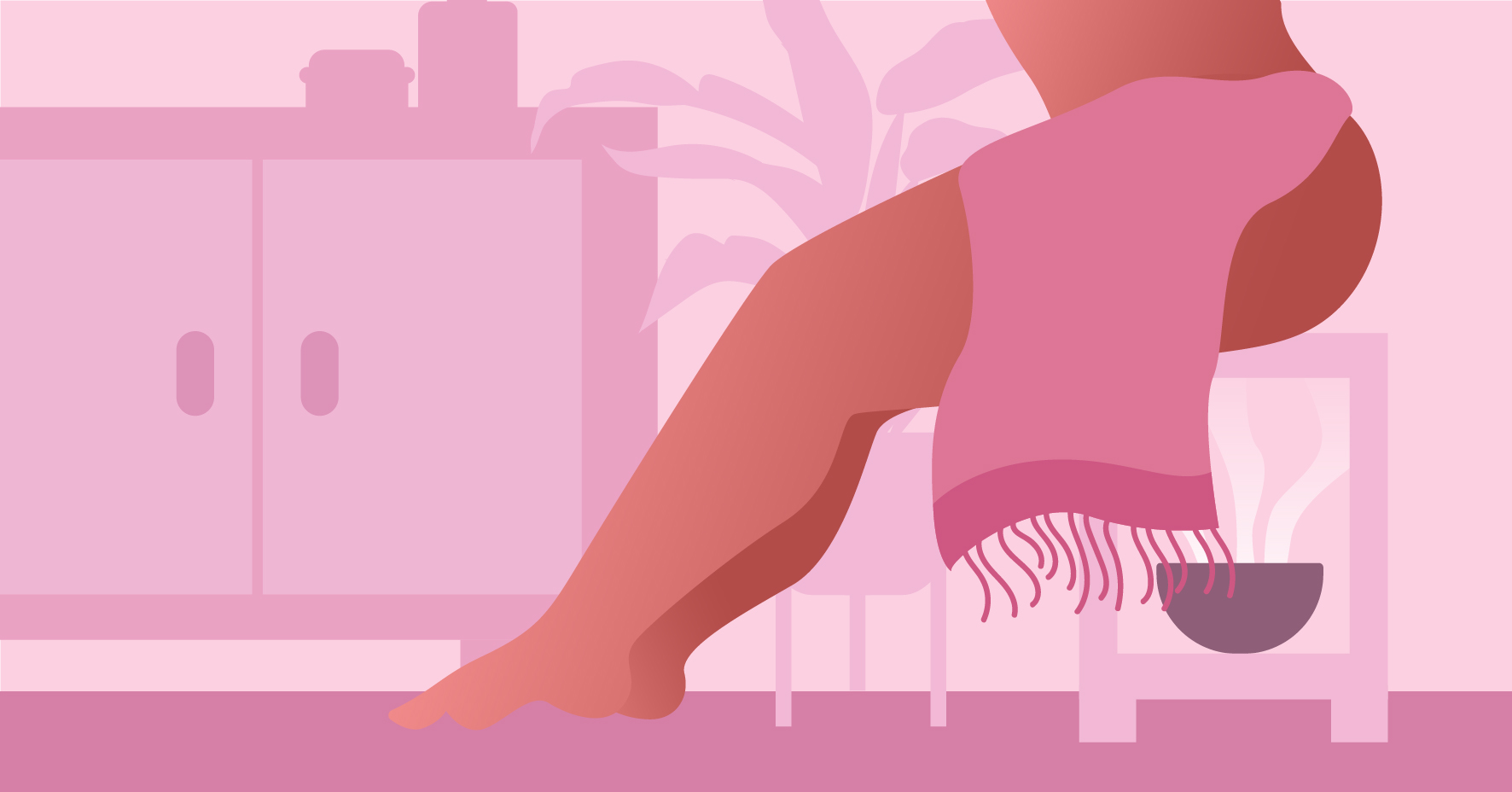
Connected to the previous point, here’s one of the vagina facts you should note. As we mentioned earlier, the vagina is a self-cleaning organ. Maintaining its cleanliness only requires you to wash the vulva with warm water and unscented soap.
You don’t need to “steam” your vagina with hot water and herbs. You don’t need “vaginal rejuvenation” products. Your vagina is already working on flushing out the toxins in your body. So for the love of your vag, steer away from these fads.
8It’s not necessary to shave your pubic hair.
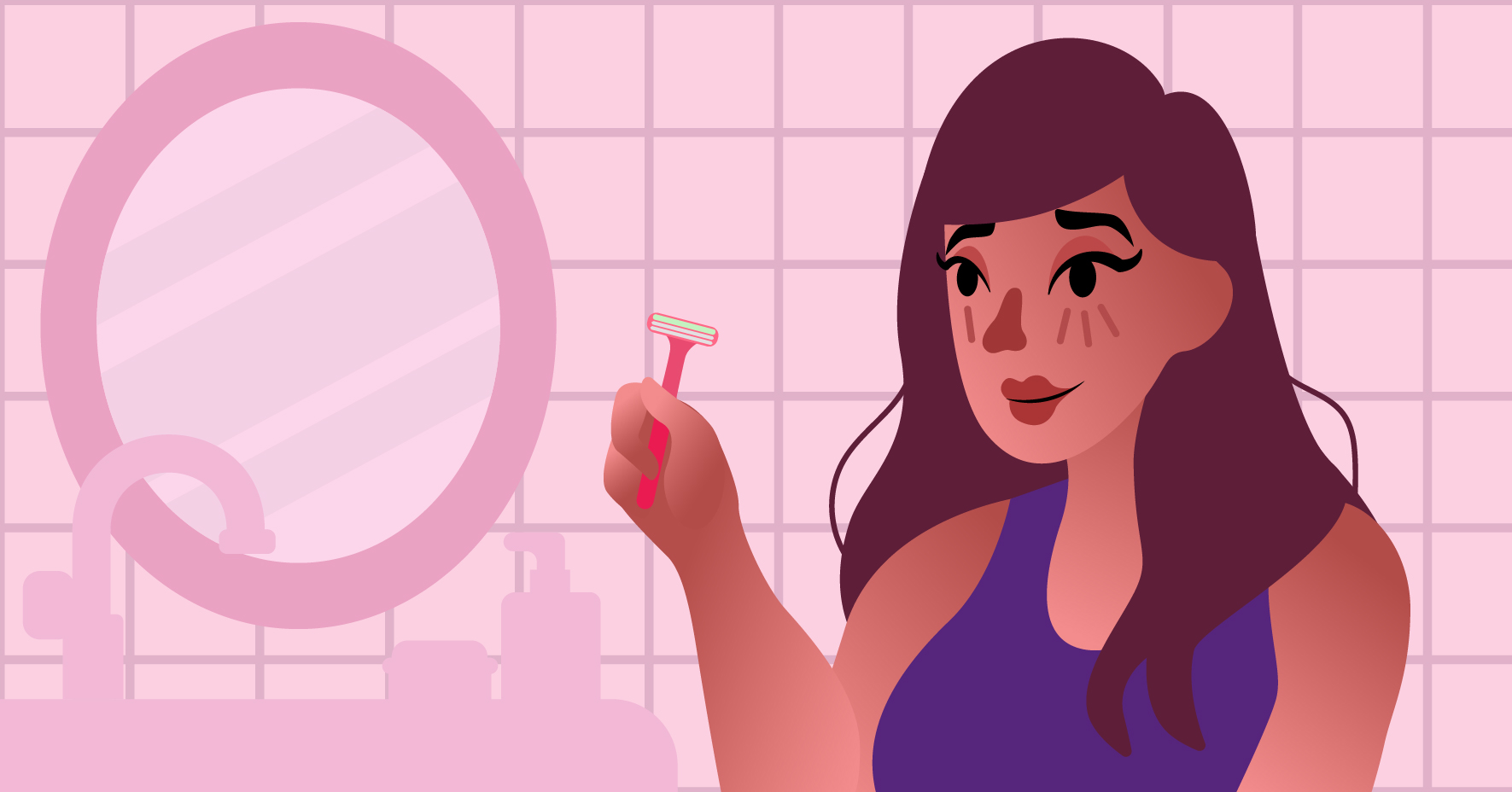
Another misconception about vulvas and vaginas is that you need to completely get rid of your pubic hair regularly as bacteria may thrive in there. However, experts claim that keeping your lady bushes doesn’t make you unclean.
As long as you trim it regularly and wash it with warm water and mild soap, you’ll do fine. In fact, keeping your hairs on is more hygienic since the pubic hair serves as a barrier, protecting your vulva from dirt and other harmful microorganisms.
9Your vulva and vagina will remain the same after your first intercourse.
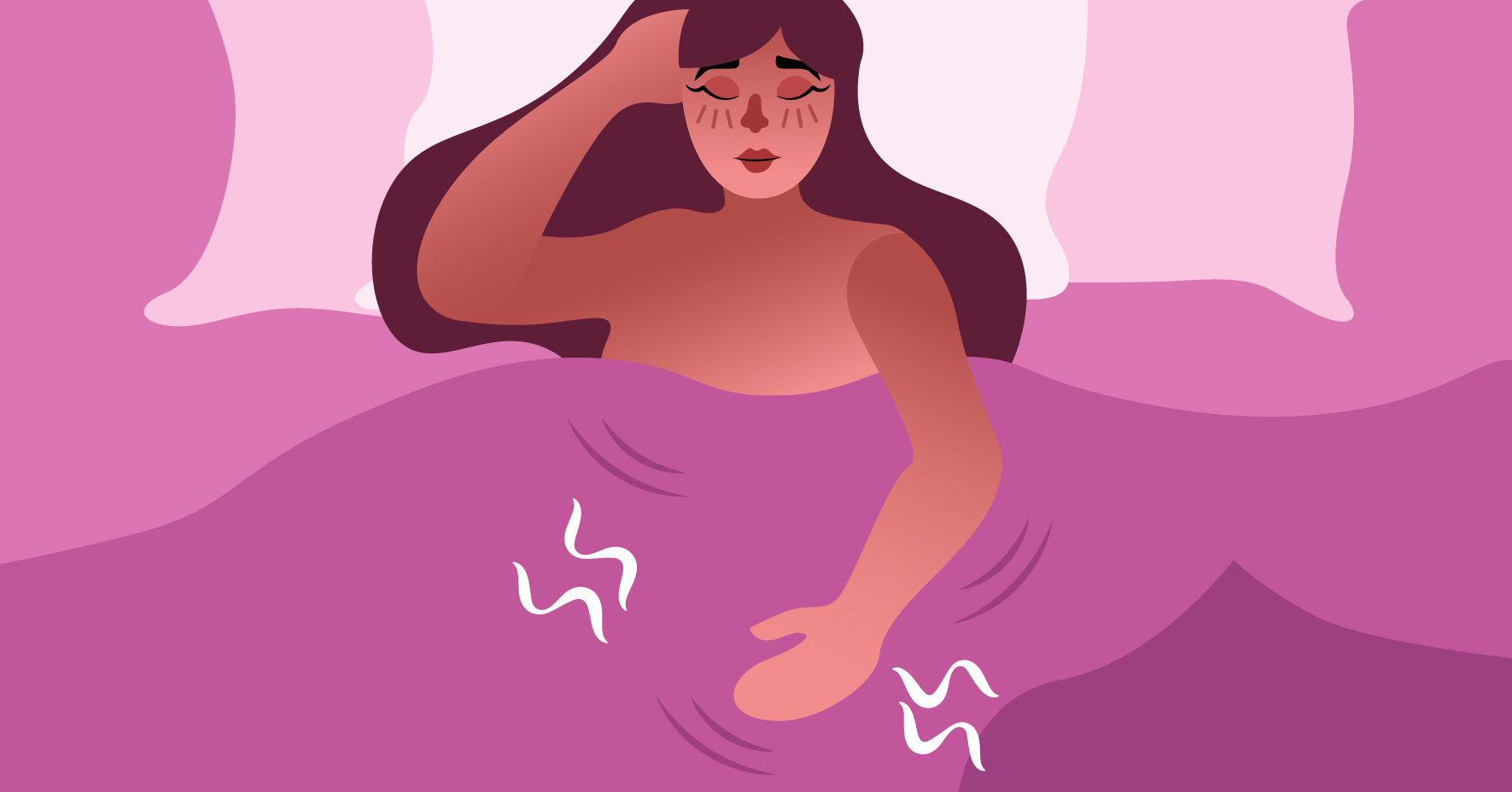
Here’s one of the facts about your vulva and vagina that you should keep in your mind. Having sex doesn’t change the state of your vagina at all. You don’t “pop” a cherry. You don’t end up with a “loose” vagina. Though your hymen might get torn or stretched during sex, the cases are rare on this one. Your hymen may also tear apart through other non-sexual activities, such as riding the bike.
Virginity is simply a social construct to repress women’s sexuality. It comes from a sexist standpoint– that women are commodities and lose their value if they began expressing their sexuality.
The problem with the concept of virginity is that it makes it difficult for people to make informed decisions about their sex lives and partake in healthy sexual activities since they feel shameful just by thinking about it.
They also feel overwhelmed doing the deed for the first time, thinking that sex would magically “change” their genitals, as well as their identities. It isn’t, though. That’s why instead of thinking that you’ll lose something over your first intercourse, just think of it as a gained experience.
10Vulvas come in all shapes and sizes.
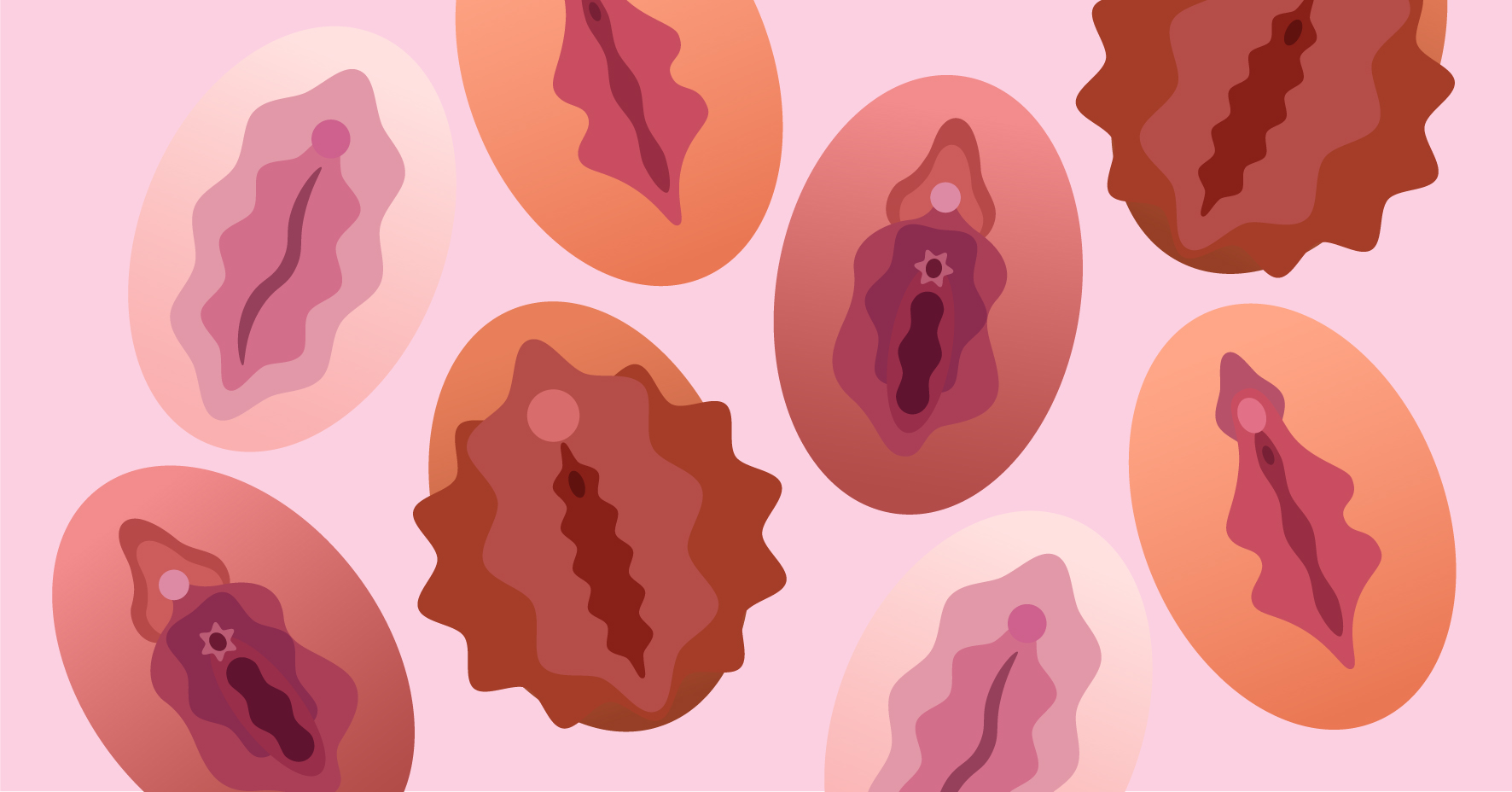
Contrary to what you see in mainstream porn, no two vulvas are precisely the same. There’s no such thing as a “flawless” vulva. The vulvas you’re seeing in these erotic videos are usually enhanced (through surgery, lighting, or video editing) to satisfy the male gaze. So don’t think that your intimate area isn’t beautiful nor desirable just because it doesn’t look a certain way.
11The clitoris is rich in nerve endings.
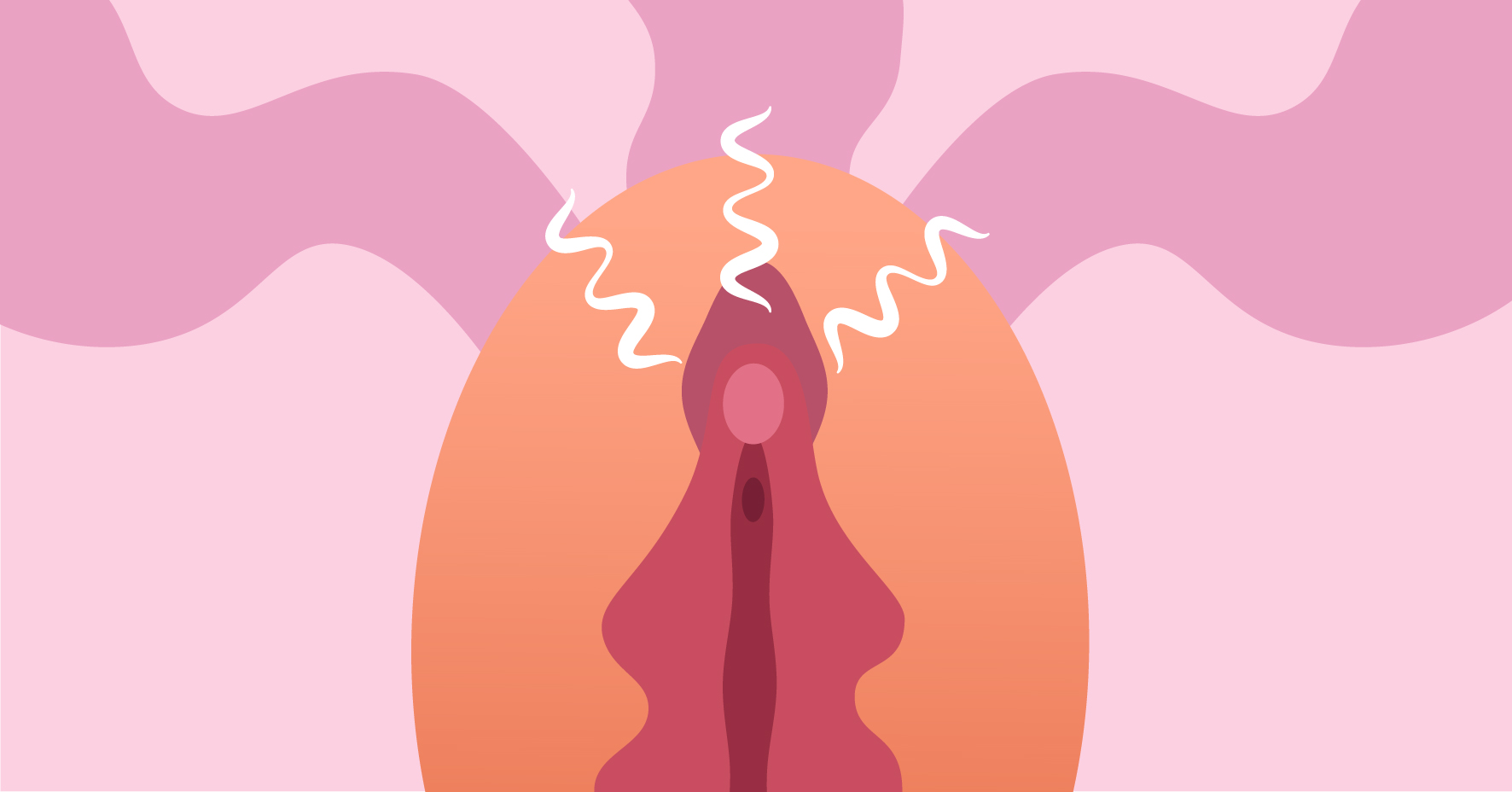
Did you know that the tip of the clitoris has 8000 nerve endings? Yep, you read that right. It’s actually double the number of those in the glans penis. This is why most women experience more orgasms through clitoral stimulation. So if you’re having difficulty in reaching those Os, maybe it’s time to give your clit more sultry touchin’ that it deserves!
12Flicking the bean can alleviate body pain!
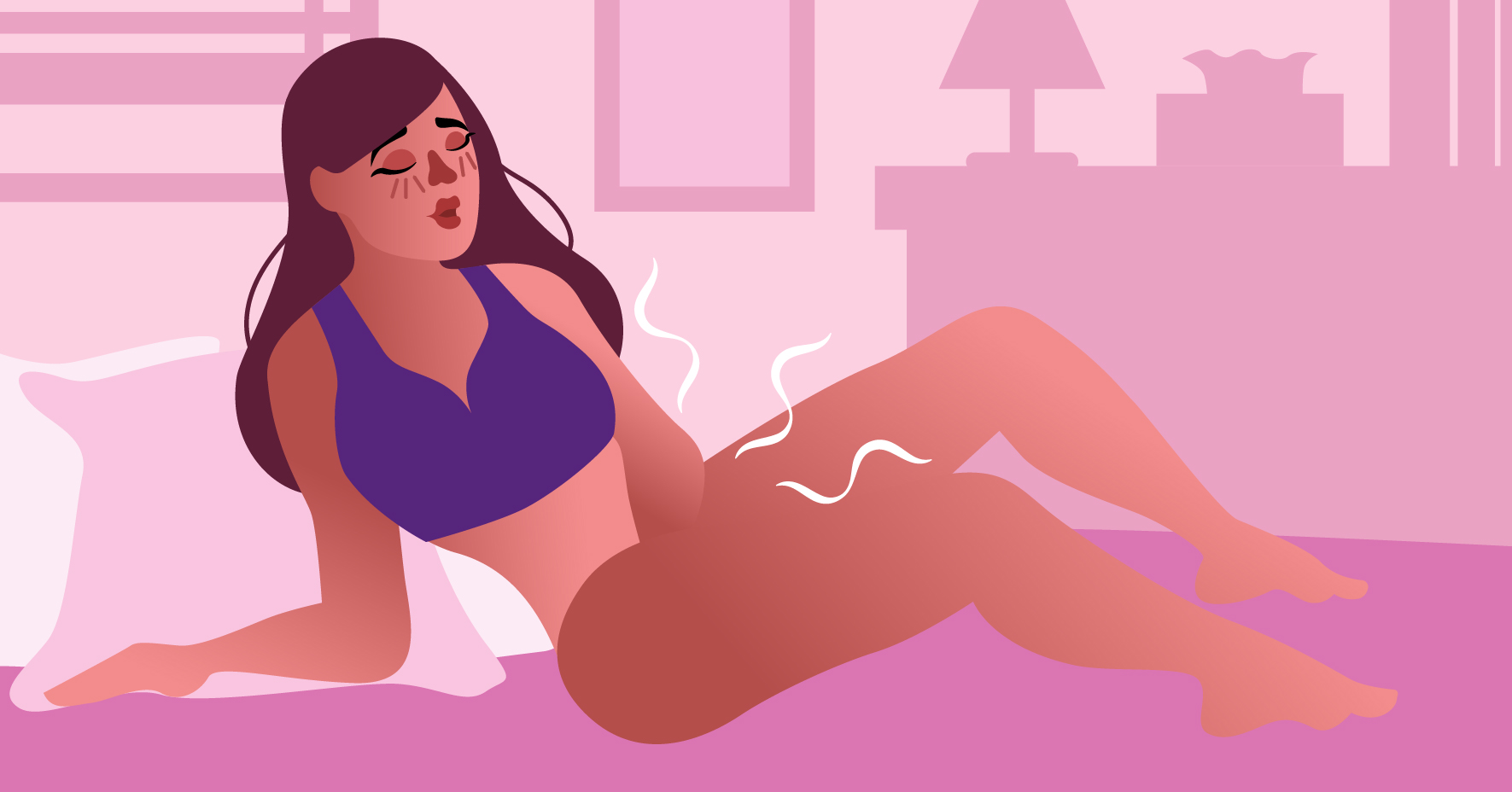
Here’s another vagina fact that will surely pique your interest. Did you know that touching your vulva and vagina can relieve body pain? When you reach climax, your body releases feel-good hormones, such as endorphins and oxytocin. These hormones will then block pain signals from reaching the nervous system.
13Kegel exercises are essential for anyone with a vagina.
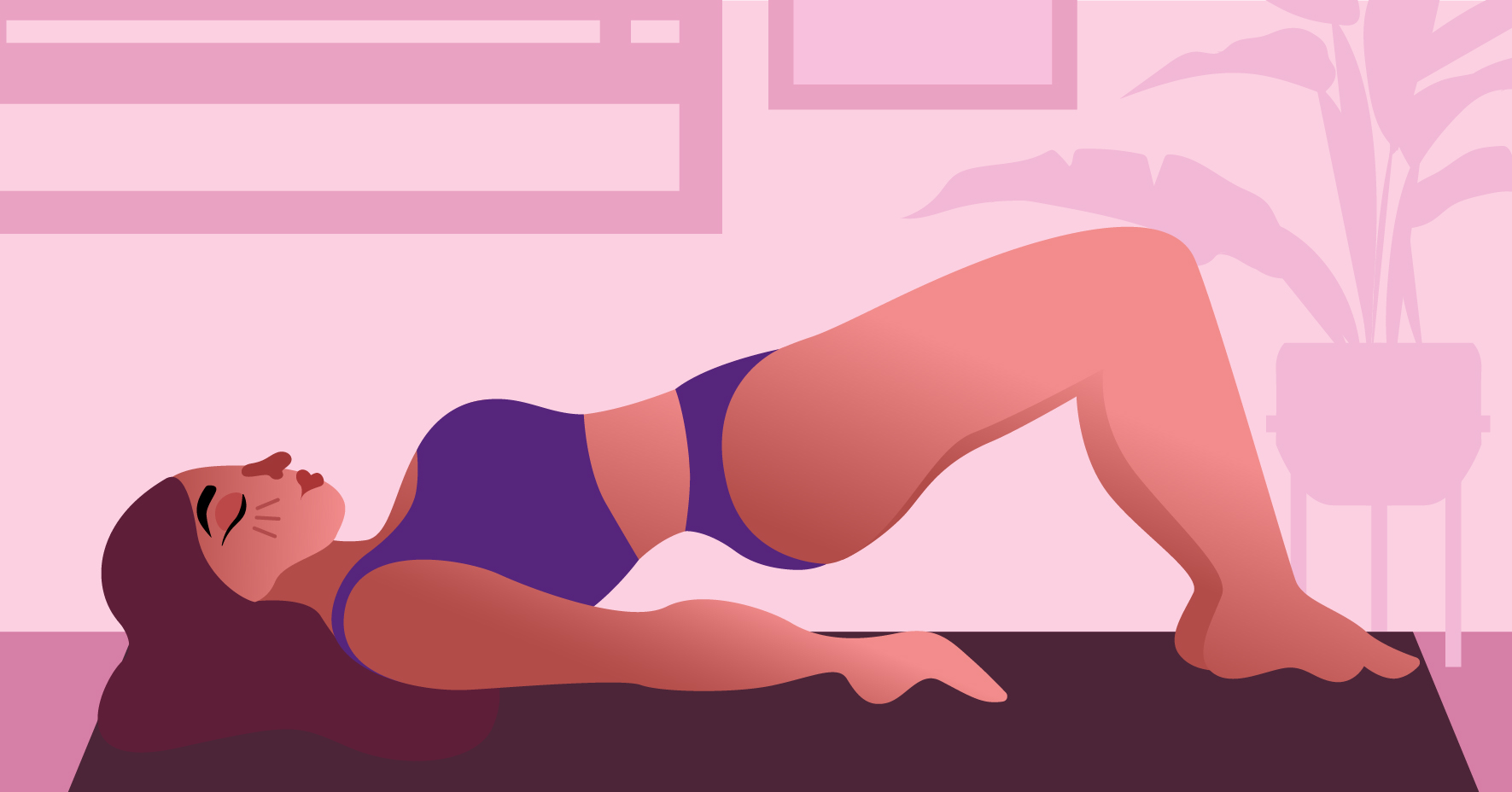
This is one of the facts about the vulva and vagina overlooked by so many people. For those unfamiliar with this practice, kegel exercises are done by contracting the pelvic floor muscles in your vagina. By doing this type of vaginal workout, you’ll be able to keep your pelvic floor/vaginal muscles fit and reduce your chances of having bladder leakage or pelvic organ prolapse in the future.
The common misconception about this exercise is that only pregnant women should be practicing kegels. That as long as you’re not pregnant, your pelvic muscles will remain fit. Now, there’s some truth in this statement, as giving birth does slightly weakens your vaginal muscles afterward. However, the claim that “your vaginal muscles will be fine without exercising it” is untrue.
As you age, your vaginal/pelvic muscles tend to be weaker. That’s why practicing kegel exercises is vital– this will help you strengthen your muscles and keep them in top form even if you’re getting older. You’re also going to have more intense orgasms with it!
If you’re curious about how kegel exercises work, check out our guide below. Don’t forget to get yourself some ben wa balls for quicker and better results.
14Your vulva and vagina temporarily change when fully aroused.
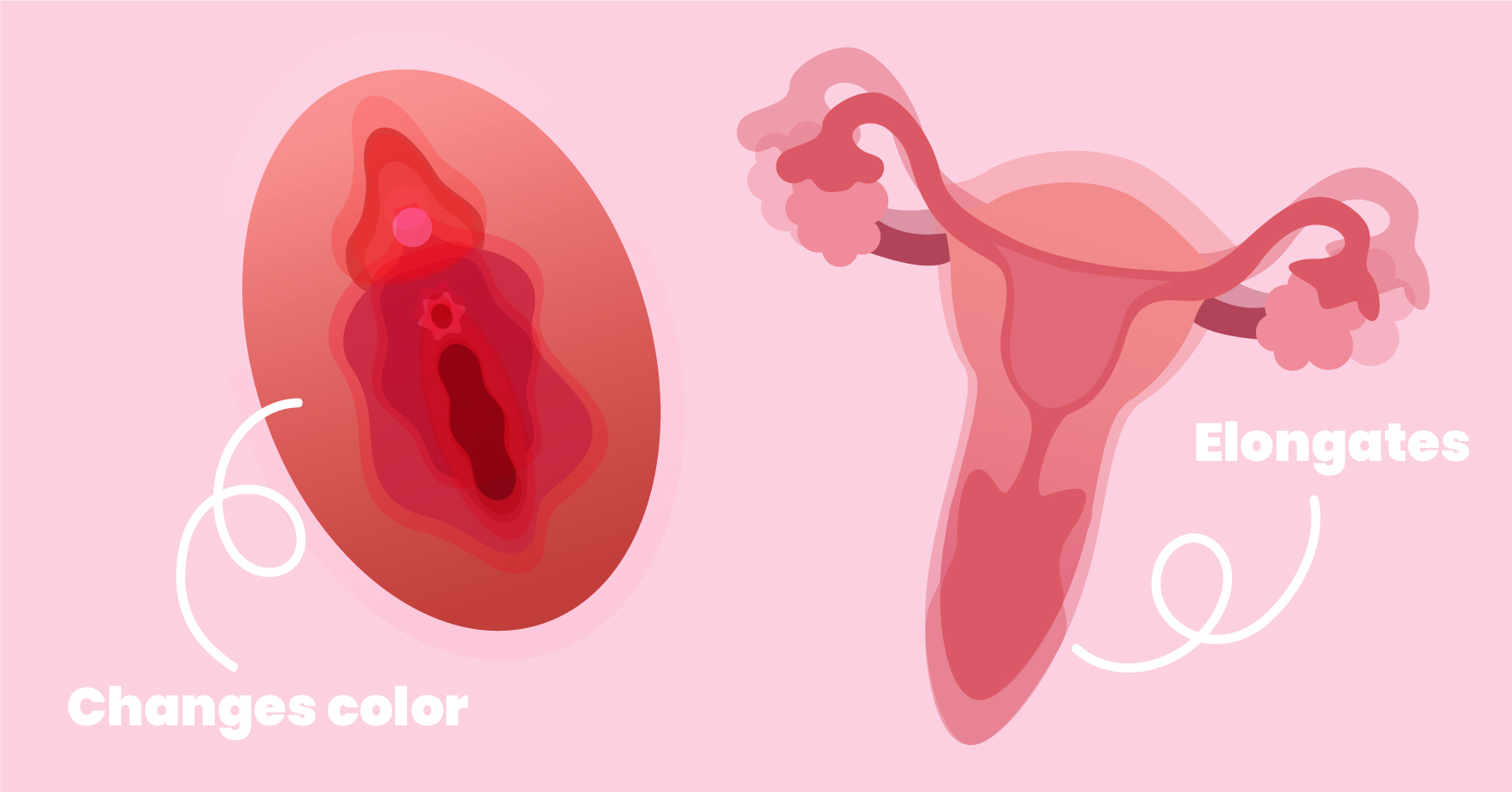
The vagina is usually 3-6 inches long and 1-2.5 inches wide. Now, if you’re horny, the upper portion of your vagina tends to elongate, pushing the cervix and uterus slightly deeper into your body. It’s basically preparing for what’s about to*cum*, which is sexual penetration.
As for your vulva, it tends to change in color when you’re aroused. This is because blood rushes to your vulva and vagina as you get horny. Now, as we’ve mentioned earlier, these changes are temporary. So don’t worry about the changes– once the deed is over, your genitals will be back in their regular form.
15Not all women have vaginas, and not everyone who has a vagina is a woman.

This is one of the most essential facts about the vulva and vagina, so make sure to remember this one. A person’s genitalia isn’t an indicator of their gender. Some people may identify themselves as trans men, male, non-binary, genderqueer, gender fluid, or gender non-conforming.
Don’t assume someone’s gender or sexual orientation just because of their sexual organs– everyone’s different, and it’s best to be respectful with their chosen identity.
Takeaway
As you’ve learned the different facts about the vulva and vagina, we hope you’ve been enlightened with the misconceptions and have helped you make informed decisions regarding your body.
In line with the Vulval Health Awareness Month, help us share accurate information regarding vulvar and vaginal health by sharing this through your social media accounts. Let’s spread the facts and debunk the misconceptions!
